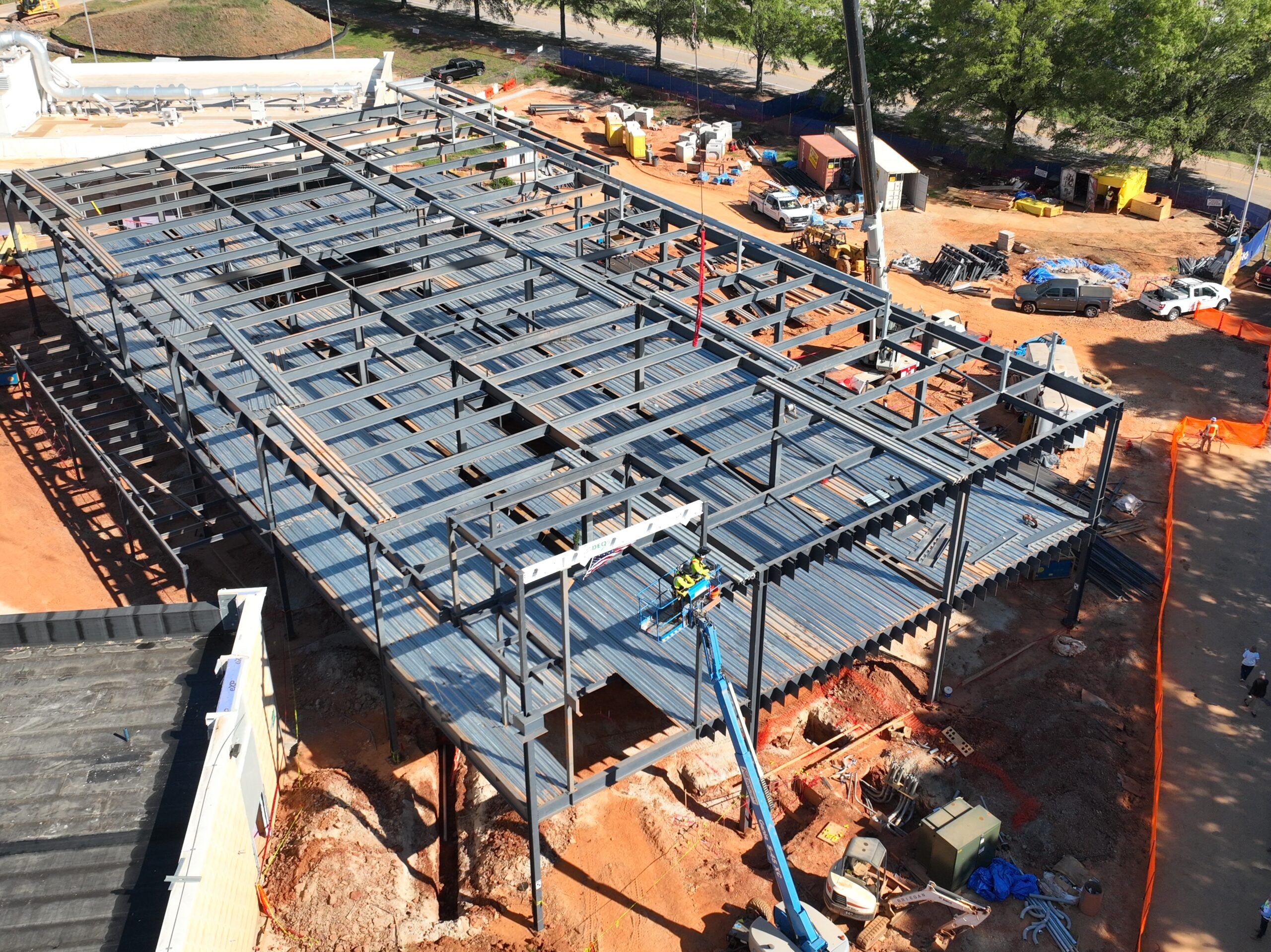Commercial properties today must meet security demands that are far more complex than in the past. Businesses are not only protecting their physical assets, but also safeguarding staff, customers, and intellectual property in a landscape where risks range from break-ins to fire hazards and severe weather.
Read on to explore why the next generation of commercial security goes well beyond cameras and locks. It relies on advanced materials, engineering, and design principles that deliver enduring strength and reliable performance year after year.
Why Long-Term Durability Is a Business Essential
Security is not a one-time purchase; it is a long-term investment. When doors, windows, and access systems fail prematurely, businesses face costly repairs, insurance claims, and potential downtime. Materials that resist corrosion, wear, and environmental stress reduce these risks while ensuring that safety standards remain uncompromised.
High-traffic commercial spaces such as shopping centres, hospitals, and transport hubs face constant daily use. Doors are opened and closed thousands of times a year, and are therefore exposed to fluctuating temperatures, humidity, and potential impact. Using low-grade materials might save money upfront but inevitably leads to warping, cracking, or rust, which compromise both appearance and protection.
Choosing products built from robust steel, reinforced composites, or treated alloys is an investment in stability and cost control over decades.
Engineering for Modern Threats
While strong materials are fundamental, the way those materials are designed and assembled is equally important. Modern security doors and barriers are engineered to resist forced entry, withstand fire, and support rapid evacuation during emergencies. This balance of strength and safety is particularly critical in commercial properties where staff and customers may need to exit quickly.
For example, emergency exit doors represent a perfect combination of robust defence and life-saving functionality. These doors are built to meet rigorous fire safety and security standards, ensuring that people can escape quickly while intruders are kept out. Precision-engineered hinges, reinforced frames, and multi-point locking systems distribute force evenly across the door structure, making tampering or prying far more difficult.
Advanced design features also enhance usability. Panic bars, for instance, allow a door to be opened instantly from the inside while remaining secure from the outside. Smooth mechanisms and ergonomic handles reduce the risk of jamming, even during heavy use or when people are under stress.
Materials That Go the Distance
Steel remains the material of choice for many high-security applications, and for good reason. Modern steel doors are treated with galvanised coatings and powder finishes that resist rust and corrosion, even in coastal or industrial settings where moisture and chemicals can accelerate degradation. Powder coating not only adds a protective layer but also provides aesthetic flexibility, allowing businesses to match doors to branding or architectural themes without sacrificing strength.
Reinforced aluminium and composite materials are gaining ground as well, offering lightweight strength for situations where weight restrictions or unique design requirements apply. These materials are engineered to maintain structural integrity during temperature swings, ensuring reliable performance in warehouses, data centres, and manufacturing plants.
Sustainability is an increasingly important factor. Many manufacturers now incorporate recycled steel and environmentally friendly coatings into their products. This approach aligns commercial security with broader environmental goals, enabling companies to enhance safety while supporting their corporate responsibility commitments.
Integrating Security Seamlessly
Gone are the days when security features had to be bulky or unattractive. Today’s architects and builders integrate protective measures directly into a building’s design from the earliest planning stages. The result is doors, windows, and access points that complement modern aesthetics while delivering uncompromising strength.
A high-end retail store, for example, might choose emergency exit doors that blend seamlessly with a sleek glass façade while meeting fire-resistance standards. Office developments often specify steel doors with custom finishes that reflect brand colours or architectural styles, proving that security and style can coexist.
Balancing Human Factors and Technology
Effective security isn’t only about physical strength. It must also support the people who use it every day. Heavy doors that are difficult to operate can create hazards or slow evacuation. Modern commercial doors are designed with precision engineering to provide both resilience and ease of movement. Features like soft-close mechanisms, anti-finger-trap edges, and adjustable hinges ensure that doors remain practical as well as protective.
Technology is also enhancing long-term reliability. Integrated sensors can monitor door position, detect tampering, and provide maintenance alerts before small issues escalate. These smart features help facilities teams maintain security infrastructure proactively, therefore reducing downtime and costly repairs.
Preparing for the Future
As threats evolve, so will the materials and designs used to counter them. Expect to see hybrid doors that combine the strength of steel with composite cores for lighter weight and improved thermal performance. Intelligent locking systems with real-time monitoring will become standard, allowing building managers to track access and identify potential vulnerabilities instantly. Future designs will also place a growing emphasis on sustainability, integrating recycled materials and energy-efficient coatings without compromising security.
A Long-Term View of Security
For commercial property owners and managers, the lesson is clear: security solutions must be chosen with decades of service in mind. Cutting corners on materials or design may reduce costs in the short term but can lead to expensive failures and increased risk over time. Investing in high-quality doors and access systems built to endure heavy use, harsh conditions, and evolving threats ensures lasting protection and peace of mind.











